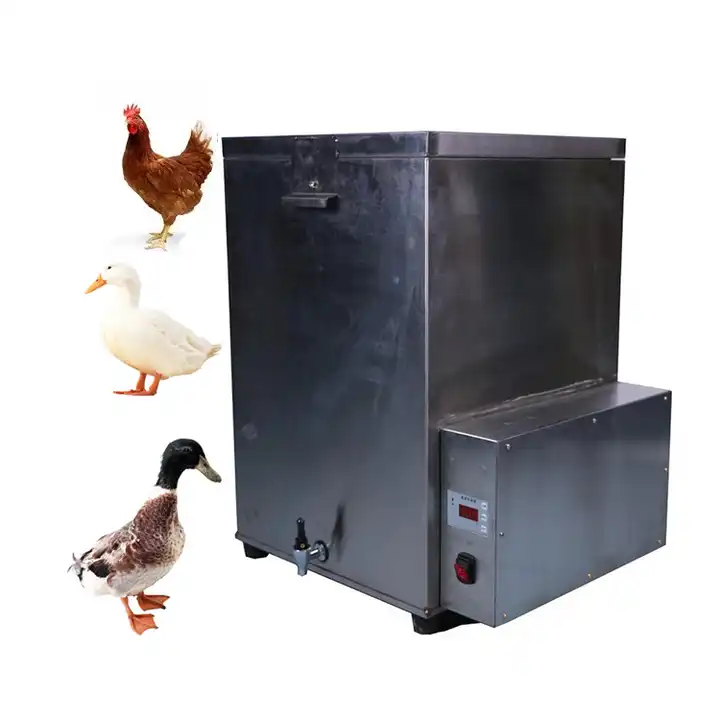Efficient Solutions for Poultry Cage Feeders in Modern Farming Practices
Nov . 29, 2024 16:40 Back to list
Efficient Solutions for Poultry Cage Feeders in Modern Farming Practices
Understanding Poultry Cage Feeders An Essential Component for Effective Poultry Management
Poultry farming is a vital sector of the agricultural industry, contributing significantly to food security and nutrition around the world. With an increasing demand for poultry products, efficient management practices have become imperative for success. One key aspect of poultry management is the feeding system, and cage feeders play a crucial role in ensuring poultry receive the right nutrition efficiently.
What are Poultry Cage Feeders?
Poultry cage feeders are specialized feeding devices designed specifically for housed poultry, such as chickens, ducks, and turkeys. These feeders are often used in commercial poultry operations where birds are kept in cages. They are engineered to facilitate food accessibility while minimizing waste, thus optimizing feed consumption. Common types of cage feeders include pan feeders, trough feeders, and automated systems that dispense feed at specific intervals.
Benefits of Cage Feeders
1. Reduced Feed Waste One of the primary advantages of using cage feeders is the significant reduction in feed waste. Traditional feeding methods often result in spillage and contamination. Cage feeders keep the feed contained and accessible, allowing birds to eat without excessive waste.
2. Improved Hygiene Hygiene is crucial in poultry farming as it directly affects bird health and productivity. Cage feeders are designed to minimize feed contamination from droppings and litter, promoting a cleaner feeding environment. Many models are also easy to clean, reducing the time and labor involved in maintenance.
3. Optimized Feed Intake Cage feeders are designed to control the amount of feed dispensed, ensuring that birds have access to the right quantity of feed at all times. This optimization helps in preventing overfeeding or underfeeding, which can lead to health issues and decreased productivity.
poultry cage feeders

4. Automated Feeding Systems With advancements in technology, many poultry farmers are adopting automated cage feeders that allow for precision feeding. These systems can be programmed to dispense food at specific intervals and quantities, ensuring consistent feed availability and reducing labor costs.
5. Adaptability Cage feeders can be easily adjusted to accommodate different poultry species and their specific feeding requirements. They can also be modified based on the age and weight of the birds, allowing farmers to tailor their feeding strategies to optimize growth rates and overall health.
Challenges and Considerations
Despite their many benefits, poultry cage feeders also come with certain challenges. Initial investment costs can be significant, especially for automated systems. Farmers must weigh the long-term savings in feed efficiency and labor against these upfront costs. Additionally, feed types can vary widely, and not all feeders are suitable for all types of feed. It's essential for farmers to select feeders that align with the specific nutritional needs of their flock.
Moreover, regular maintenance and monitoring are crucial to ensure that feeders function correctly. Blocked feeders can lead to hunger and stress among birds, which ultimately affects their growth and productivity. Therefore, farmers must establish routines for checking and maintaining these systems.
Conclusion
Poultry cage feeders are an integral component of modern poultry farming, providing a systematic approach to feeding that promotes efficiency and sustainability. By reducing feed waste and improving hygiene, these feeders play a significant role in enhancing the overall health and productivity of poultry. As the poultry industry continues to evolve, embracing innovative feeding technologies will be essential for meeting the growing demand for poultry products while ensuring animal welfare and operational efficiency. For any poultry farmer, investing in quality cage feeders is a step towards achieving a more productive and profitable operation.
-
Automatic Feeding Line System-Pan Feeder Nipple Drinker|Anping County Yize Metal Products Co., Ltd.
NewsJul.29,2025
-
Hot Sale 24 & 18 Door Rabbit Cages - Premium Breeding Solutions
NewsJul.25,2025
-
Automatic Feeding Line System Pan Feeder Nipple Drinker - Anping County Yize Metal Products Co., Ltd.
NewsJul.21,2025
-
Automatic Feeding Line System Pan Feeder Nipple Drinker - Anping County Yize Metal Products Co., Ltd.
NewsJul.21,2025
-
Automatic Feeding Line System - Anping Yize | Precision & Nipple
NewsJul.21,2025
-
Automatic Feeding Line System - Anping Yize | Precision & Nipple
NewsJul.21,2025






